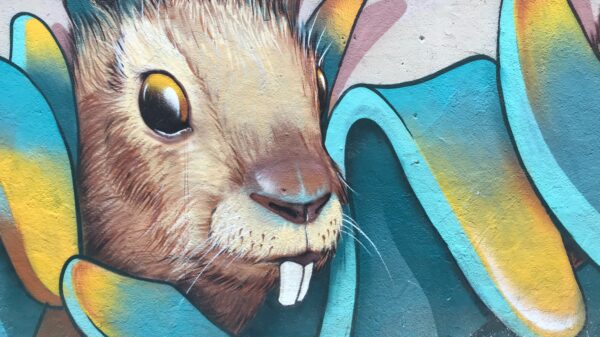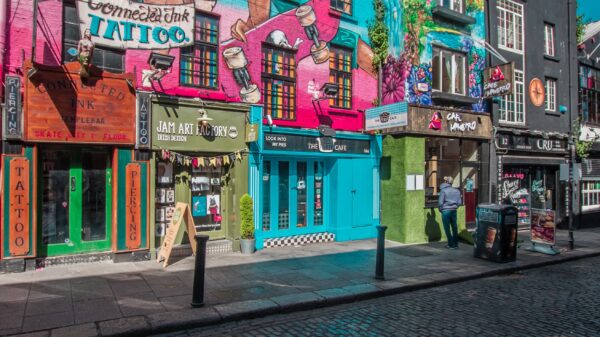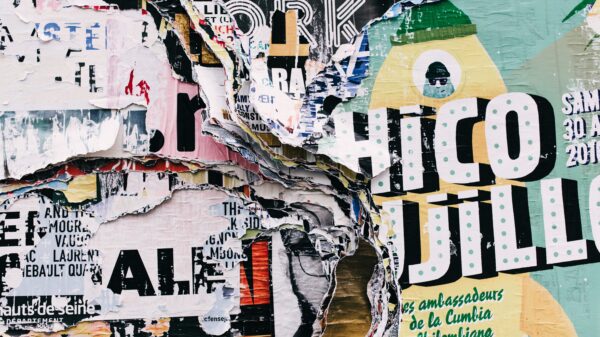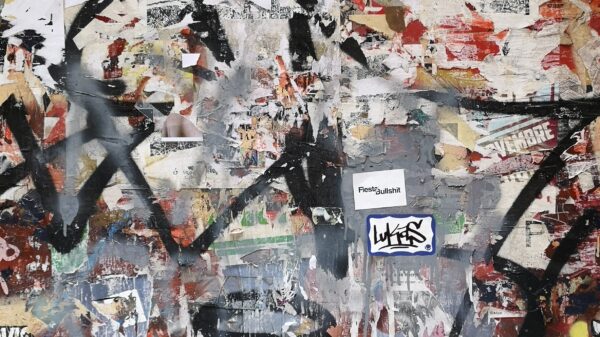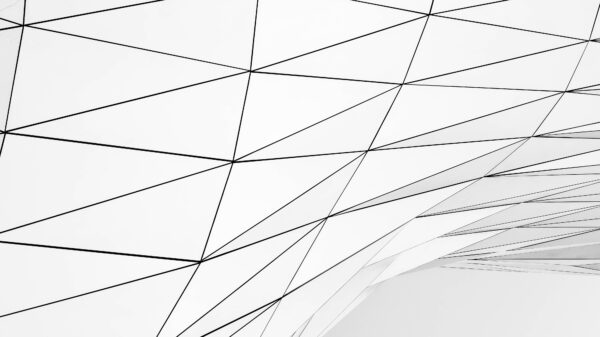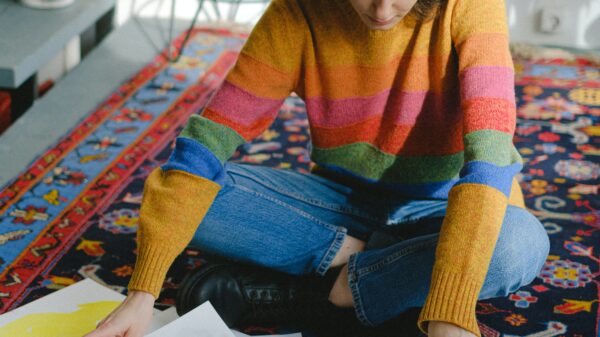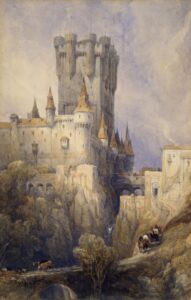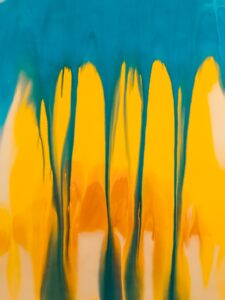
Welcome to the mesmerizing world of digital art, where creativity knows no bounds and imagination reigns supreme! From humble beginnings in the realm of pixels and computer screens, digital art has emerged as a force to be reckoned with, captivating audiences worldwide. In this blog post, we embark on a thrilling journey through time, witnessing the extraordinary evolution of digital art from its inception to present-day masterpieces that blur the lines between reality and fantasy. So fasten your seatbelts and prepare to be dazzled as we explore how technology has transformed mere pixels into awe-inspiring works of artistic genius.
Introduction to Digital Art
Digital art is a form of art that uses digital technology as an essential part of the creative or presentation process. Since the 1960s, various names have been used to describe this type of art, including computer art, multimedia art, virtual art, and new media art.
Today, digital art is more widely accepted than ever before and has even found its way into major museums and galleries around the world. While some traditionalists may still scoff at the idea of digital art being “real” art, there’s no denying that it’s here to stay.
If you’re interested in exploring the world of digital art, this introduction will give you a basic understanding of what it is and how it’s created. We’ll also take a look at some of the most famous examples of digital art and the artists who created them.

A Brief History of Digital Art
Digital art has come a long way since its early beginnings in the late 1970s. Early digital art was created using simple pixelated images, and was often used for practical purposes such as creating logos and illustrations for use in advertising and magazines.
As technology progressed, so too did the quality of digital art. Artists began experimenting with different techniques and software to create more realistic and detailed images. By the 1990s, digital art had reached a new level of sophistication, with artists able to create complex works that rivaled traditional painting and sculpture.
Today, digital art is widely accepted as a legitimate form of art, with many galleries and museums exhibiting work by leading digital artists. It has also become increasingly popular as a tool for creating unique personal artwork, with many people using it to create custom designs and wallpapers for their computers and phones.
Different Types and Techniques of Digital Art
Digital art covers a wide range of artistic practices and procedures. It is an umbrella term that refers to any art made using digital technology, whether it is created with a computer, tablet, smartphone, or any other digital device.
There are many different types of digital art, each with its own unique characteristics and features. Some of the most popular types of digital art include vector art, pixel art, 3D art, and digital painting.
Vector art is created using vector graphics software such as Adobe Illustrator or Inkscape. Vector graphics are made up of lines and curves rather than pixels, which makes them ideal for creating clean and sharp images. Pixel art is another popular type of digital art. As the name suggests, pixel art is made up of individual pixels that are arranged to create an image. Pixel art can be created using software such as Photoshop or GIMP.
3D art is another type of digital art that has become increasingly popular in recent years. 3D artists use special software to create images that appear to have depth and volume. Digital painting is another popular type of digital art. Artists who create digital paintings use software such as Corel Painter or Adobe Photoshop to digitally paint their creations.
Benefits of Digital Art
In the past decade, digital art has become more popular and prevalent with the rise of social media and technology. With the click of a button, anyone can create or find digital artwork that speaks to them. Whether it’s a painting, drawing, or graphic design, there are endless possibilities for what you can create digitally. And the best part? You don’t need any fancy equipment or materials to get started – all you need is a computer and an internet connection.
There are many benefits of digital art, including the following:
1) It’s easy to get started: As mentioned above, all you need is a computer and an internet connection. You can find free online tutorials for nearly any type of digital art program or app, so you can start creating right away.
2) It’s affordable: There is no need to buy expensive art supplies when you create digitally. All you need is a computer (which you probably already have) and maybe some software (which can often be downloaded for free).
3) You can experiment: Digital art provides an endless playground for experimentation. If you don’t like how something looks, you can simply erase it or start over again. This is much easier than traditional mediums like painting or sculpting, where mistakes can be costly and difficult to fix.
4) You can share your work easily: Once you’ve created your digital artwork, it can
The Future of Digital Art
With the advent of new technology, the future of digital art is looking more and more promising. As hardware and software continue to evolve, so too will the ways in which we create and consume digital art.
One exciting possibility is the continued development of virtual reality (VR). With VR, artists will be able to create immersive experiences that transport viewers to other worlds. This could open up entirely new ways of experiencing art, and make it possible to create truly interactive artwork.
Another area where digital art is likely to continue evolving is in its ability to mimic traditional mediums. We’ve already seen some impressive examples of this, with digital paintings that look indistinguishable from their real-world counterparts. As technology advances, it’s likely that we’ll see even more realistic and lifelike renderings of both 2D and 3D artworks.
We can expect digital art to become increasingly accessible to a wider audience. As tools for creating and consuming art become more user-friendly and affordable, we’ll see an explosion of creativity from people all over the world. Whether it’s through sharing platforms like social media or new initiatives like online galleries, there’s no doubt that digital art is here to stay.
How to Create Your Own Digital Art
In the early days of digital art, artists were limited to working with pixels. This was the era of 8-bit and 16-bit art, when images were made up of a small number of colors and lacked detail. Artists working in this medium had to be creative with their limited palette, and often used dithering to create the illusion of more colors than were actually available.
With the advent of more powerful computers, digital art began to evolve. Artists could now work with more colors and higher resolutions, resulting in images that looked more realistic. This was the era of 24-bit color and vector graphics, when artists had much more freedom to create whatever they could imagine.
Today, digital art has come into its own as a true art form. With the help of advanced software and hardware, artists can now create stunningly realistic images that rival traditional paintings and photography. Whether you’re looking to create your own digital masterpieces or just get started in the world of digital art, there are plenty of resources available to help you get started.
Conclusion
Digital art has come a long way in just a few decades. What started as simple pixelated images blossomed into masterpieces created by talented digital artists all over the world. With the ever-evolving technology, digital art is now more accessible than ever, and its potential for creating beauty without limits is only growing. We can’t wait to see what amazing creations will result from this exciting form of artistic expression!
